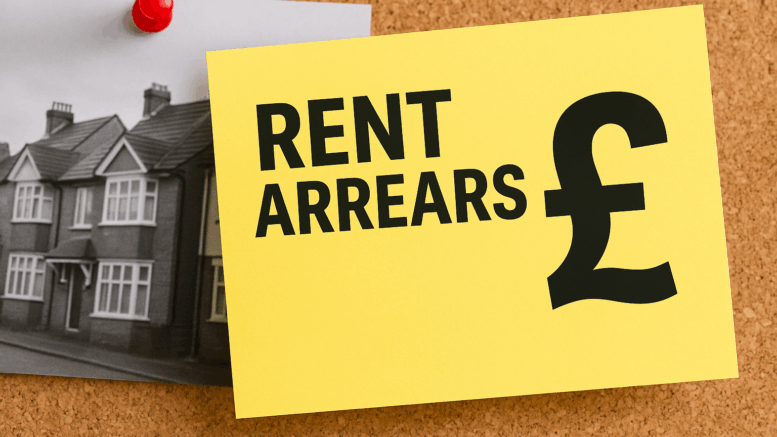Rental arrears owed to UK local authorities have risen sharply, with new research showing a 55 percent increase since 2019. The 2025 Rental Arrears Index, published by Access PaySuite, found councils are now owed an average of £2.86 million each, highlighting mounting financial strain in the social housing sector during a period of rising living costs and shifting welfare policy. For private landlords, the trend signals what many describe as a wider affordability fault line running across the rental market.
Arrears rising despite lower social rent levels
The Index analysed Freedom of Information responses from 100 local authorities providing social housing. While social rents have fallen in real terms over the past decade, the number of households in arrears continues to climb.
Key findings include:
- Average arrears per tenant rising from £494 in 2019 to £669 in 2025 – a 35.4% increase
- A 5.3% increase in households in arrears since 2019
- Total potential arrears across councils could reach £655 million if trends scale nationally
Housemark warns arrears could rise a further £240 million if just 5 percent of the Government’s planned £4.8bn welfare cuts translate into missed rental payments.
Meanwhile, ONS rental data shows private tenants are also under pressure, with rents now £87 a month higher than last year on average. Areas including Birmingham, Leeds and Glasgow are seeing some of the sharpest increases.
For comparison context, see:
Private rent and house prices, UK: October 2025
2% Tax rise on rental income puts more pressure on landlords
Contrasting pressures in the private rented sector
Alex Common, product and engineering director at Access PaySuite, said rising arrears reflect wider financial pressure:
“Economic uncertainty, welfare changes and rising living costs mean rental arrears continue to place a significant strain on local authorities and the communities they serve.”
Private landlords watching affordability trends unfold – especially as the Government prepares to introduce a 2 percent income tax rise on property income from April 2027 – may see this data as a leading indicator of future trends in the private rented sector.
For reference:
Rental Arrears Index 2025
Guide to Renters’ Rights Act
Industry groups including the NRLA warn that reducing landlord participation risks shrinking rental supply – increasing rents even further and creating a feedback loop where affordability weakens faster than policy can respond.
Market pressures and long-term resilience questions for the UK housing system
With 229 local authorities owning 1.6 million housing units, rising arrears threaten operational budgets, maintenance schedules and compliance funding – pressures private landlords are already experiencing independently.
Some analysts argue both private and public rental providers are being expected to absorb the financial consequences of political and welfare reforms – without corresponding financial protection or incentives.
For additional sector outlooks, see:
House price forecasts: 2025-2029
Specialist landlord finance options
Editor’s view
Arrears data rarely grabs headlines – yet it tells a clearer truth than most market forecasts. If affordability continues deteriorating in both social and private housing, the real question will not be whether landlords can adapt – but whether they want to remain in a market where financial viability is continually squeezed.
Author: Editorial team – UK landlord & buy-to-let news, policy, and finance
Published: 28 November 2025
Sources: Access PaySuite Rental Arrears Index 2025, Regulator of Social Housing 2024 register, Housemark analysis, ONS Rental Index, NRLA response.
Related reading: Mortgage arrears fall as buy-to-let sector shows renewed stability








